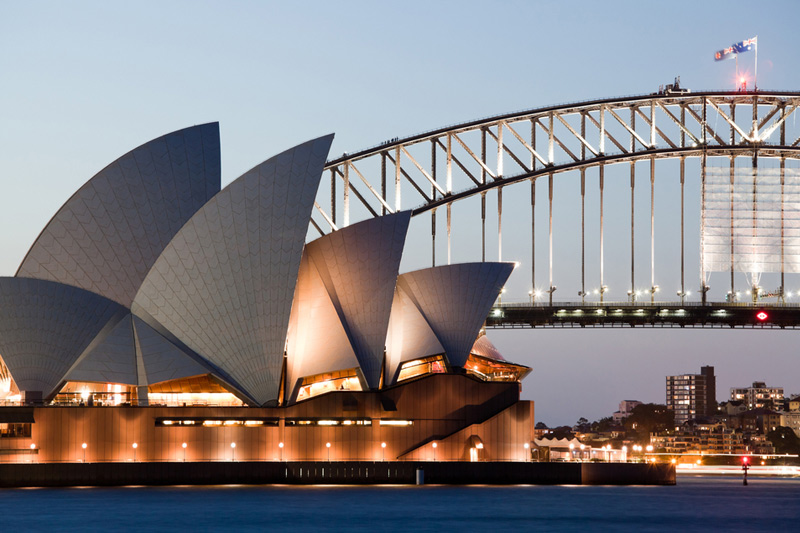Investing.com -- Australia saw an unexpected increase in its trade surplus through May, data showed on Thursday, as increases in fuel exports helped offset a decline in key iron ore and metal exports.
The country’s trade balance rose to A$11.79 billion (A$1= $0.6659) in May, ducking expectations for a reading of A$10.50 billion, and coming slightly above April’s surplus of A$11.16 billion, data from the Australian Bureau of Statistics showed.
Australia’s trade surplus also recovered from a nine-month low, thanks largely to increased fuel and manufactured goods exports. But the country’s key iron ore and metal exports dropped in May from the prior month, amid worsening demand in major market China.
Still, overall exports rose 4.4% in May from the prior month to A$57.77 billion, helping offset a 2.5% increase in imports, which rose to nearly A$46 billion. Strong import data shows that local demand in Australia remains somewhat robust, despite rising interest rates and high inflation.
But despite a stronger-than-expected reading for May, Australia’s trade balance still remained under pressure from worsening demand in China, which is the country’s biggest export market.
The Asian economy is struggling to recover from a three-year, COVID-induced lull, despite continued stimulus efforts from the government. Recent data showed that China’s manufacturing sector shrank for a third straight month in June, while growth in the service sector appeared to be slowing.
Commodity prices, particularly those of iron ore and copper, also dropped sharply this year amid concerns over Chinese demand, which in turn weighed further on the value of Australian exports.
The Australian dollar rose after Thursday's reading, given that signs of resilience in the Australian economy give the Reserve Bank more economic headroom to keep raising interest rates. Stocks, on the other hand, fell sharply, with the ASX 200 index down 1.1%.
